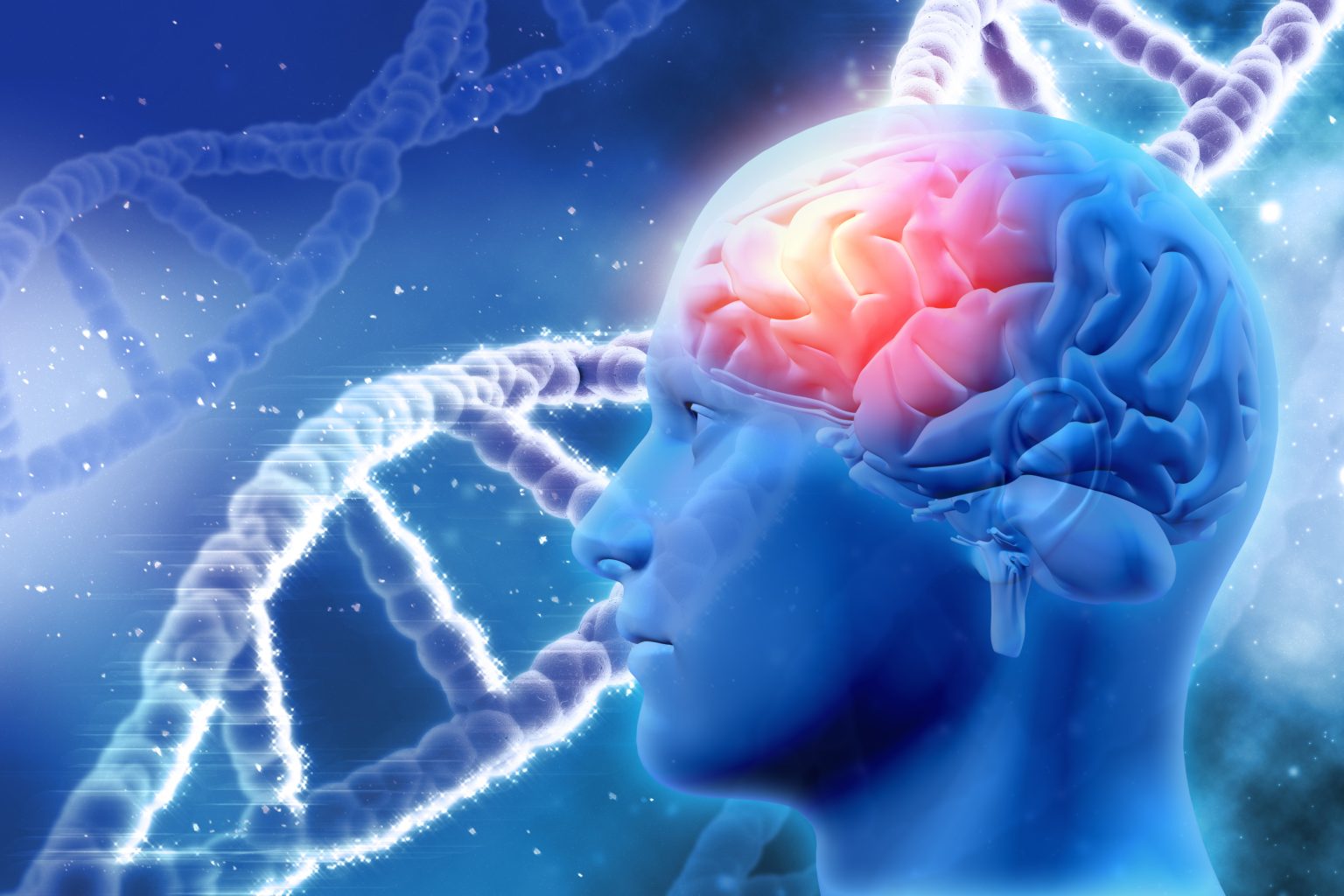The Human Evolution of Autism: New Insights into Our Unique Brains
Recent scientific research has unveiled fascinating connections between human brain evolution and neurodiversity, particularly autism spectrum disorder. According to groundbreaking work led by Alexander L. Starr, some of the very genetic changes that make the human brain uniquely powerful may also have increased our species’ neurological diversity. “Our results suggest that some of the same genetic changes that make the human brain unique also made humans more neurodiverse,” Starr explained. This perspective invites us to reconsider autism not merely as a disorder but potentially as a consequence of our distinctive evolutionary path. In the United States alone, approximately 3.2 percent of children—roughly one in 31—have been diagnosed with autism spectrum disorder, reflecting its significant presence in modern human populations.
Unlike many neurological conditions that appear across various animal species, autism and schizophrenia stand out as predominantly human phenomena. This human-specific pattern likely stems from their connection to distinctly human traits like advanced speech production and language comprehension—abilities that far exceed those of our closest primate relatives. Autism spectrum disorder, affecting approximately one in 100 children globally according to the World Health Organization, manifests through persistent challenges with social communication, restricted interests, and repetitive behaviors. The condition’s apparent uniqueness to humans has led researchers to investigate whether its roots might be found in the evolutionary processes that shaped our distinctive cognitive abilities.
The technological revolution in genetic research has opened new windows into brain development across species. Single-cell RNA sequencing now allows scientists to identify an extraordinary diversity of brain cell types with unprecedented precision. These advances have revealed that certain genomic elements evolved rapidly in Homo sapiens despite remaining relatively stable throughout millions of years of mammalian evolution elsewhere. By comparing brain samples across different species, researchers discovered that a specific type of outer-layer neurons—L2/3 IT neurons—underwent particularly accelerated evolution in humans compared to other apes. Most significantly, this rapid evolutionary shift coincided with major alterations in genes now known to be linked to autism, suggesting these changes were shaped by natural selection factors unique to human evolutionary history.
While the evidence strongly indicates evolutionary pressure acting on autism-associated genes, the precise advantages these changes offered our ancestors remains a compelling mystery. Many of these genes are connected to developmental delay, which may have contributed to the slower pace of postnatal brain growth in humans compared to chimpanzees—a characteristic that distinguishes our species’ development. One intriguing hypothesis proposes that the evolution of autism-related genes may have slowed early brain development or expanded language capacity, extending the critical time window for learning and complex thought during childhood. This extended developmental period could have provided a significant evolutionary advantage by fostering more advanced reasoning skills, allowing humans to develop increasingly sophisticated social structures and technologies.
The connection between autism-linked genes and uniquely human abilities like speech and language presents a fascinating paradox. While autism often impacts communication abilities, the genetic foundations that contribute to the condition may have been essential to developing human language capabilities in the first place. This suggests a delicate evolutionary balance—the same genetic innovations that enabled unprecedented cognitive achievements in our species may have also increased vulnerability to certain neurodevelopmental variations. Rather than viewing autism as simply a disorder, this research invites us to consider it partially as a consequence of the genetic trade-offs that facilitated our species’ extraordinary cognitive evolution. The slower developmental trajectory of the human brain, potentially influenced by these autism-linked genes, may have been crucial for the emergence of the flexible, adaptable intelligence that defines humanity.
This evolutionary perspective on autism offers new frameworks for understanding neurodiversity in human populations. Rather than representing merely a modern medical condition, autism may reflect the continuing influence of evolutionary processes that shaped our unique cognitive architecture. The wide spectrum of autistic presentations—from individuals with communication challenges to those with exceptional abilities in specific domains—might represent various expressions of the genetic variations that contributed to humanity’s cognitive adaptability. As research continues to explore these connections between human evolution and neurodiversity, we gain not only scientific insights but also potentially more compassionate and nuanced understandings of the diverse ways human brains can develop and function. By recognizing autism’s possible evolutionary origins, we may better appreciate the full spectrum of human cognitive diversity as part of our shared evolutionary heritage rather than simply as deviations from a presumed norm.















